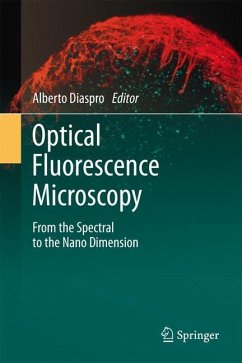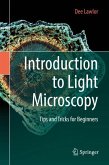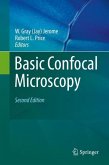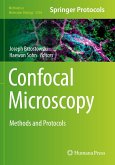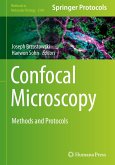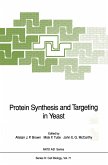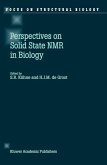In the last decade, fluorescence microscopy has evolved from a classical "retrospective" microscopy approach into an advanced imaging technique that allows the observation of cellular activities in living cells with increased resolution and dimensions. A bright new future has arrived as the nano era has placed a whole new array of tools in the hands of biophysicists who are keen to go deeper into the intricacies of how biological systems work. Following an introduction to the complex world of optical microscopy, this book covers topics such as the concept of white confocal, nonlinear optical microscopy, fluctuation spectroscopies, site-specific labeling of proteins in living cells, imaging molecular physiology using nanosensors, measuring molecular dynamics, muscle braking and stem cell differentiation.
From the reviews:
"This book offers a recent approach to applications of microscopy for the examination of biological processes and brings you to an introduction to the complex world of optical microscopy. ... should be available in all schools, research laboratories, community and university libraries. A good book for the scientists working in molecular and cell biology, biochemistry, medicine, pharmacology and biophysics." (Samantha C. Karunarathna, Fungal Diversity, April, 2012)
"This book offers a recent approach to applications of microscopy for the examination of biological processes and brings you to an introduction to the complex world of optical microscopy. ... should be available in all schools, research laboratories, community and university libraries. A good book for the scientists working in molecular and cell biology, biochemistry, medicine, pharmacology and biophysics." (Samantha C. Karunarathna, Fungal Diversity, April, 2012)

